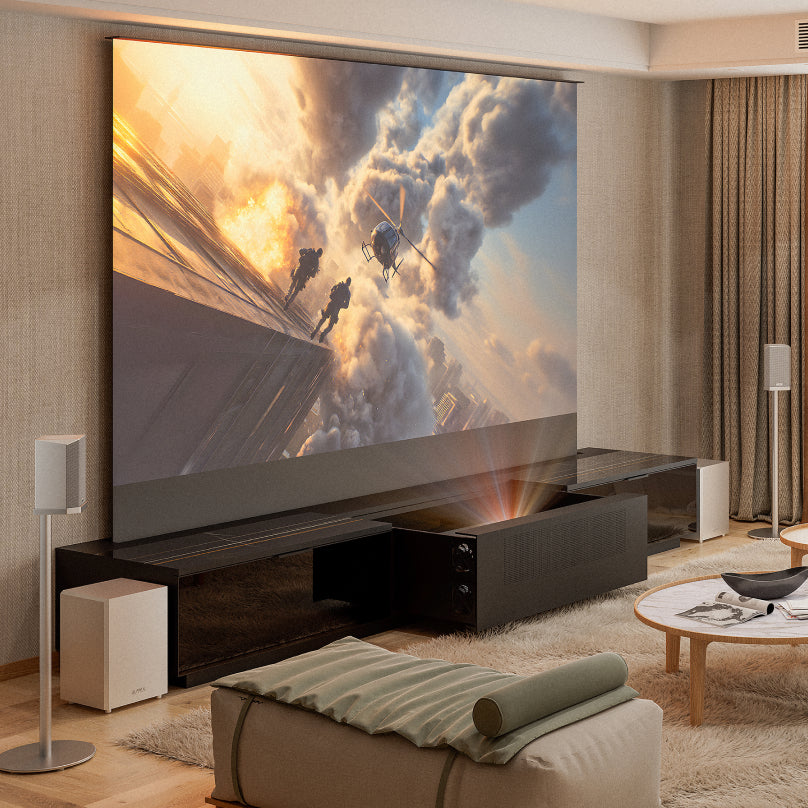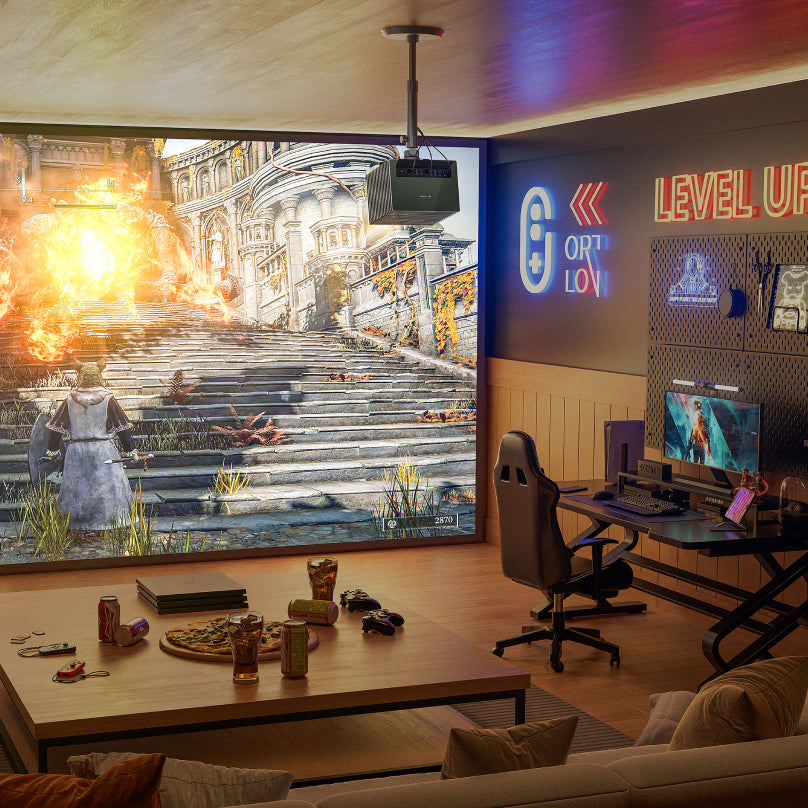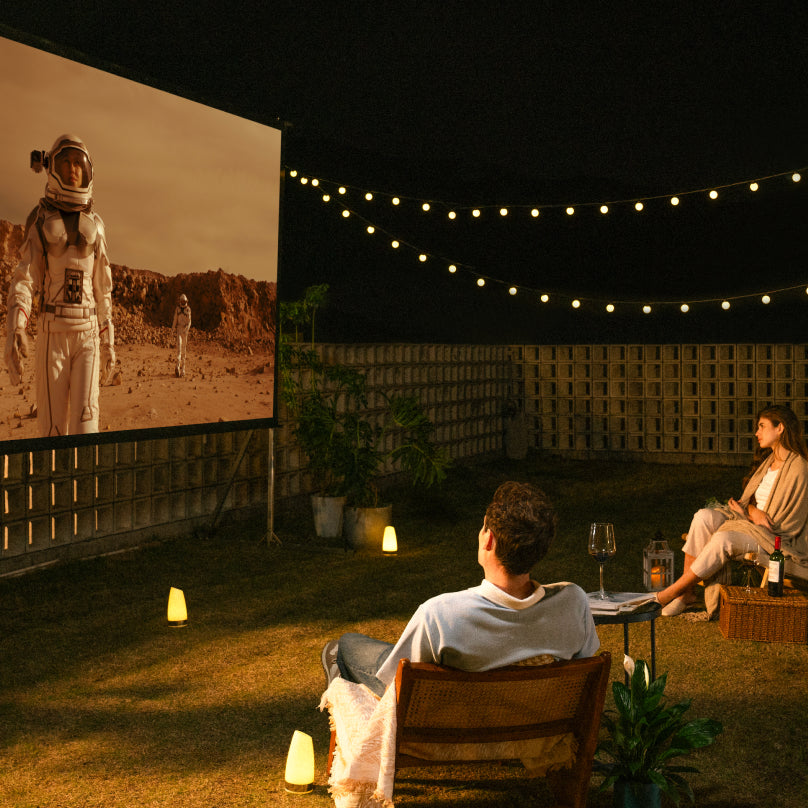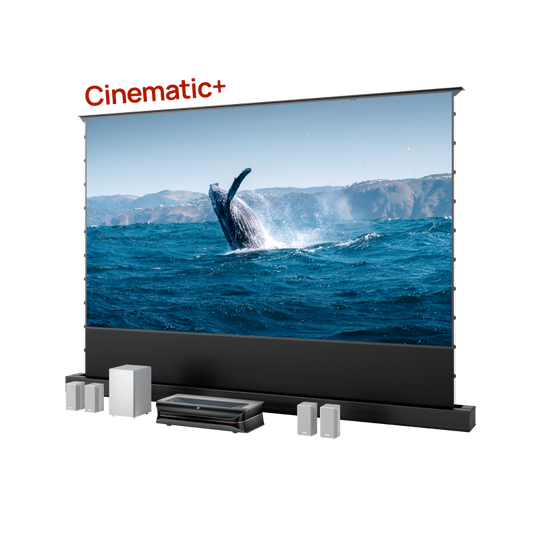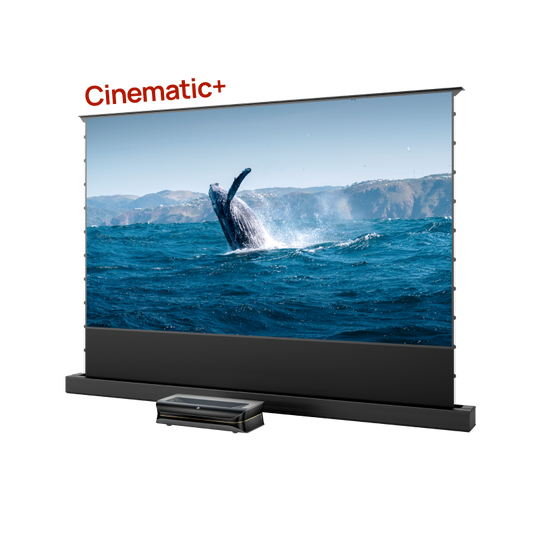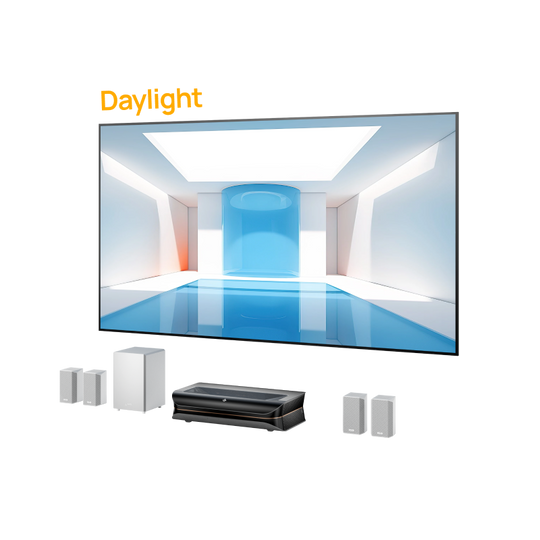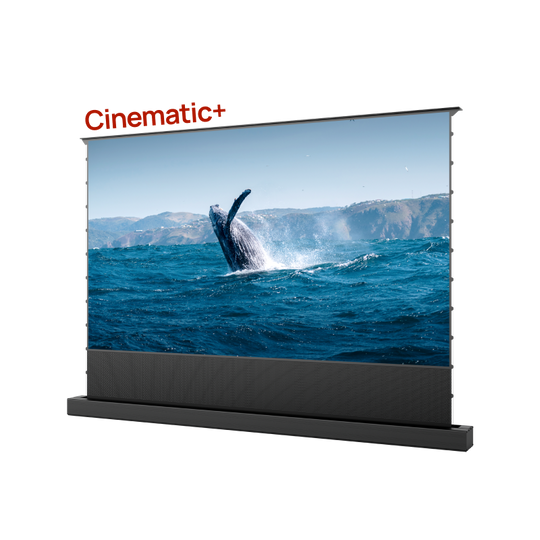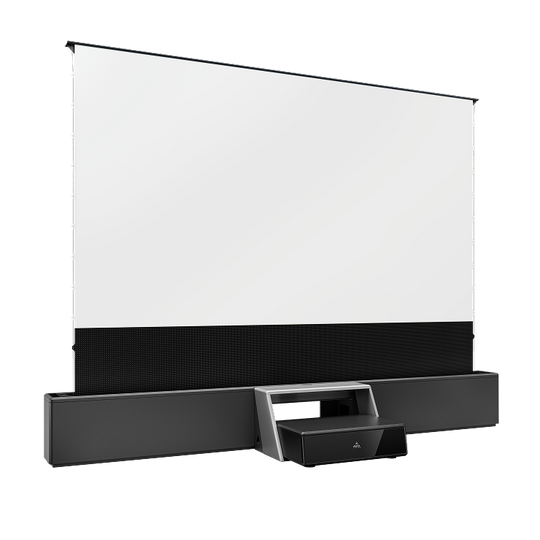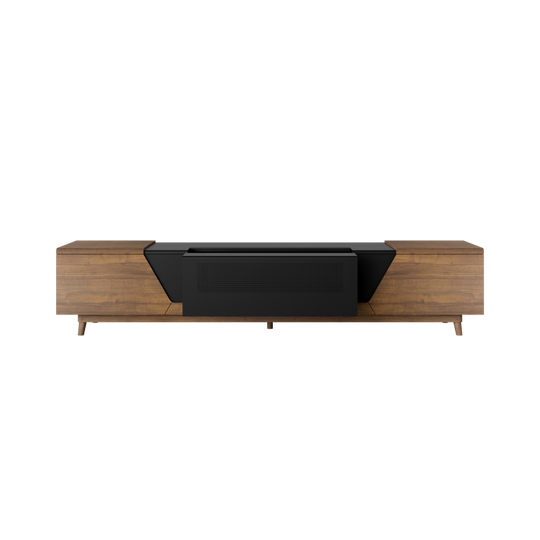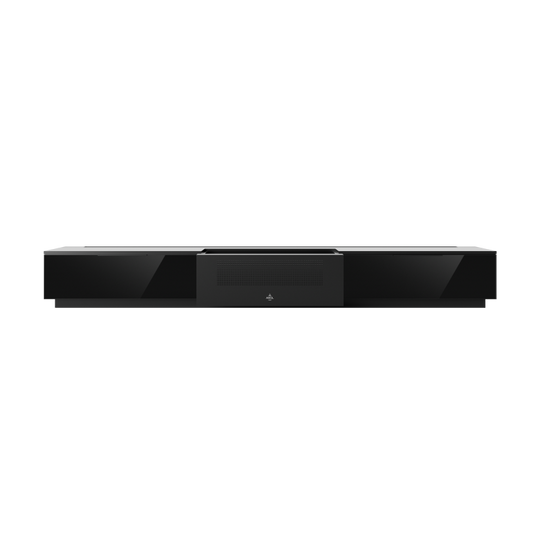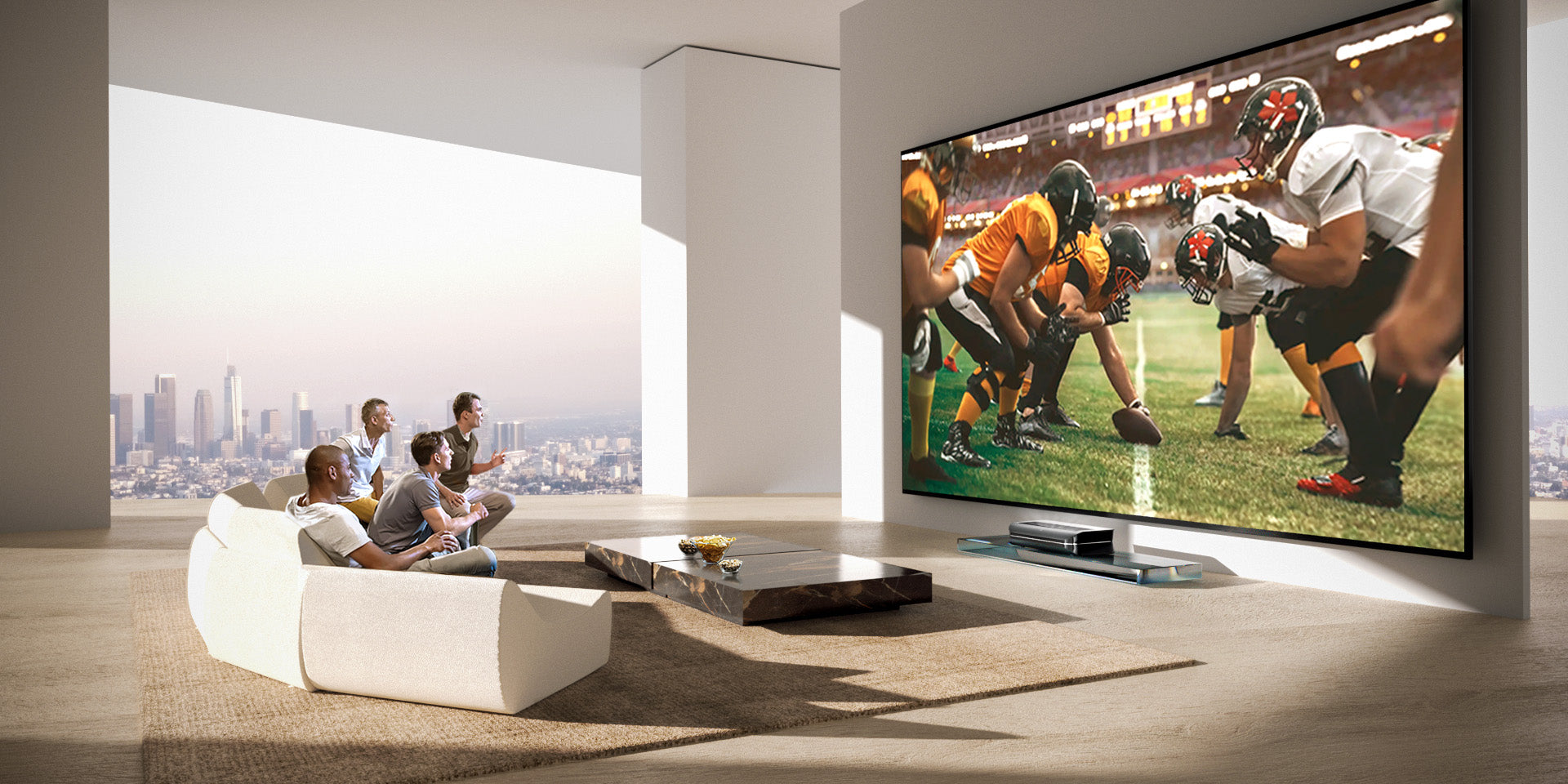Sit back, relax and keep reading as in the following lines you'll discover things you might never have had the chance to, explained in a simple and understandable manner.
What is light?
Light is the electromagnetic radiation emitted as waves from the electromagnetic field that is scattered throughout the universe. These waves consist of oscillating electric and magnetic fields, moving at the speed of light, approximately 299,792 kilometers per second (or about 186,282 miles per second) in a vacuum.
Imagine these electromagnetic waves as a ping pong ball. The more bounces it makes on the table as it travels, the shorter we say the wavelength of the electromagnetic wave is, and vice versa.
By measuring the distance between these bounces, we can determine the type of "light" with great accuracy. We have managed to measure the entire spectrum of these waves and found that their length varies in range, from 100 meters to 0.0001 nanometers (a nanometer is a billionth of a meter!).
To give you an idea, this is from a large building size (100m) to a single atom diameter size (0.0001nm).

This is the total spectrum of these electromagnetic radiation waves. This is what we call, light.
Now you just realized why TV or FM signals, for example, travel at the speed of light – because they are light! We just can't see them!
What is visible light?
Visible light is just a small segment of this electromagnetic radiation that our eyes can capture and decode. Imagine our eyes as a special biological device that allows only this small spectrum of these waves to be perceived, rejecting all the rest.
From the huge range of the full light spectrum (waves from 0.0001 nanometers to 100 meters), we only see a very small part of it, just the light waves between 380 – 740 nanometers!
This is visible light.

Colors
This small visible part of light, if we analyze it through a prism into small pieces, consists of 6 colors with wavelengths between 380 and 740 nanometers.

These are the colors that a human being is able to see in our physical environment. These are the specific electromagnetic waves that our eyes are designed to receive and decode.
We call them the three primary colors (Red, Green, Blue) and the three secondary colors (Yellow, Cyan, Magenta). By blending these 6 colors together, we create all the possible color shades we can imagine.
Let’s call it “the natural color space".
Color space – CIE 1931
An international scientific organization established in 1913 (The International Commission on Illumination - CIE) managed back in 1931 to capture this "natural color space" with a mathematical model in the form of a diagram which they named CIE 1931. The CIE 1931 diagram encompasses all the colors visible to the human eye within its horseshoe-shaped boundary. Colors within the boundary are considered realizable colors, meaning they can be reproduced by some combination of light sources. Colors outside the boundary are imaginary colors that cannot be reproduced using typical light sources.
This is the CIE 1931 diagram.

Every time you read a review of a display device, that's the color chart of reference you see in the color measurements section.
And now we come to the color spaces that video entertainment industries developed and continue to use until today.
Rec.709 color space
It is a standard developed back in 1990 by the ITU (International Telecommunication Union) for high-definition television (HDTV) and digital video broadcasting.
The Rec.709 color space covers approximately only 35.9% of the visible color spectrum (CIE 1931).
Consider that every movie we've seen in HD (720p & 1080p) over the last 30+ years, we've seen it with a color rendition that reaches only 35.9% of the colors our eyes can see.
DCI-P3 color space
The DCI-P3, established in the early 2000s and finalized in 2007 by the Digital Cinema Initiatives (DCI), a consortium of major Hollywood studios, is a color space standard specifically for digital cinema projection systems.
The DCI-P3 color space covers approximately only 45.5% of the visible color spectrum (CIE 1931), around 10% more than the Rec.709 color space.
Rec.2020 color space
And we come to the latest color space standard from the ITU (International Telecommunication Union) back in 2012, the Rec.2020, also known as BT.2020. This standard was developed for ultra-high-definition television (UHDTV) and for the latest-gen video broadcasting.
The Rec.2020 color space covers approximately 75.8% of the visible color spectrum (CIE 1931).
Rec.2020 was designed to address the limitations of previous standards (such as Rec.709) by significantly expanding the color gamut to encompass a wider range of colors. This expansion was intended to accommodate advancements in display technology and to provide a more immersive and realistic viewing experience for consumers.
The three color standards as shown in the CIE 1931 diagram.

Display technology evolution
The advancement in color reproduction in the video industry and digital imaging has made tremendous leaps with the advent of standards like HDR10 & Dolby Vision, as well as new color standards such as the Rec.2020 color space.
Of course, very few digital displays today can reproduce the color range that reaches 75.8% of the visible color spectrum and cover 100% of the Rec.2020 standard. Even now, 12 years after the establishment of the Rec.2020 standard, there is no consumer television technology capable of reproducing 100% of the Rec.2020 color space.
RGB laser technology & color space
However, the revolution in RGB laser technology through Laser TVs has enabled the full reproduction of the Rec.2020 color space, and in some cases, even surpassed it!

Do you know…
What exactly is a color space, and to what extent does a display device replicate the natural color spectrum according to its specifications?
What is the difference in terms of experience between watching an HD movie with the color rendering of the Rec.709 standard and watching the same movie in 4K UHD with the colors of the Rec.2020 standard?
Do you know that until today, even the most advanced televisions fail to fully cover the colors of the Rec.2020 standard?
So, if you need a device capable of producing the full range of colors of Rec.2020 and even more, you should choose an AWOL Vision Laser TV with RGB laser technology. It is the only technology that can fully capture the Rec.2020 color space and even exceed it!
If you enjoyed this journey to the colorful world of our eyes, join us again in our next article. We'll keep the fascinating journey going.

